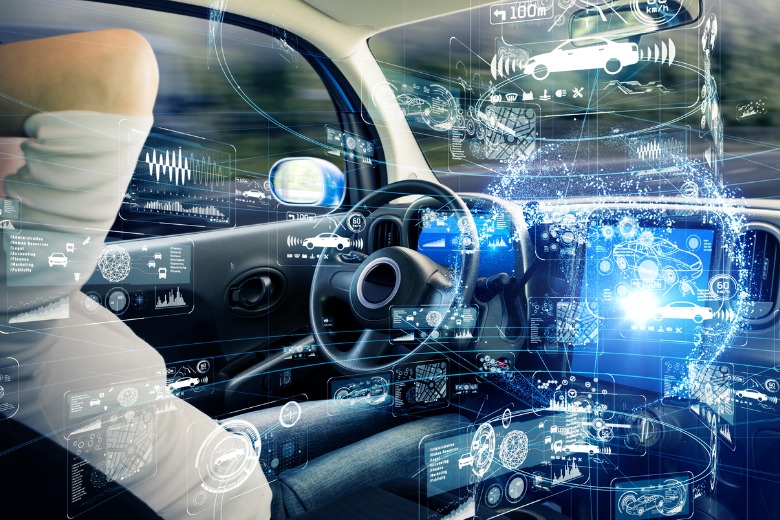
The autonomous vehicle revolution has been oversold, but that doesn’t mean it won’t happen, according to a leading expert.

Andrew Miller, a Canadian senior urban solutions specialist for engineering and development consultants Hatch, says it could be 2040 before AVs become mainstream.
But he says despite the current ‘trough of disillusionment’*, baby steps in driverless technology are being taken, and government authorities need to start thinking about how cities will be affected.
Up to now, the discussion around AVs has been characterised by mixed messages and a “flood of hype and polarised exaggeration” with some marketers promising the arrival of driverless vehicles by 2020, Dr Miller writes in a paper titled The Driverless Endgame set to be released next month.
“Less has been written about how automated driving might change our cities, or how we might prepare cities for their arrival.”
Hitting peak AV hype
The paper says AV hype peaked eight years ago, but since then progress has slowed or become disappointing.
It estimates it will be more than a decade before we actually learn how to use driverless technology to our advantage, and another ten years before AVs become mainstream.
“If our thinking is right, then this moment of deep dissatisfaction with the capability of automated driving systems is unlikely to dissipate significantly until 2040 or later,” Dr Miller says.
“Automated driving is a gradual, generational change and will likely take more than two generations to embed and saturate.”
In the meantime, though, automated driving – however inadequate and constrained – is already active on roads around the world, including Australia.
And there’s a gap between AV technology, particularly AI, and governance, regulatory and infrastructure issues, Dr Miller says.
Questions about how AVs will impact insurance, road rules and road use, data collection and infrastructure remain unanswered.
In short, Dr Miller argues, decision makers are faced with a “dazzling array of innovations and disruptions” without having reliable estimates about when the autonomous vehicles will arrive, what sort of demand there will be and what will be needed in terms of training , licensing, enforcement and liability.
“AVs have moved from being almost ready from a technical perspective to being hardly ready from a regulatory perspective,” he says.
Reality check
Speaking to Government News during a recent trip to Australia, Dr Miller said there may never be a fully driverless vehicle.
He says what’s likely to be adopted first is the use of AVS in controlled environments, such as automated trucking, which is already happening in remote Australian mine sites, and driverless public transport including trackless trams and robot buses.
He predicts as AV technology evolves, the world will move from disillusionment to a more reasonable narrative.
“We’re recognising that between 2010 and 2020 we were really buying a lot of snake oil about what this technology can do,” he said.
“We’re realising it’s going to take an awfully long time, and maybe we’ll never actually have a car that you can get in and it’ll take you from wherever you are to any other place. But we are near that.
“Automated driving has disappointed us at the same scale in which we were over-promised, but almost the entire ‘history’ of automated driving is still in our future.”
*The ‘trough of disillusionment’ was coined by Gartner to describe part of the cycle technological innovations go through before being adopted.
Comment below to have your say on this story.
If you have a news story or tip-off, get in touch at editorial@governmentnews.com.au.
Sign up to the Government News newsletter